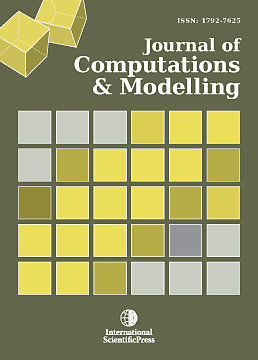Journal of Computations & Modelling
How to Build Utility Functions for Becker's Economics-of-Crime Theory: Allingham-Sandmo's Example of Tax Evasion and Non-Compliance Extended
-
 [ Download ]
[ Download ]
- Times downloaded: 8759
Abstract
Allingham and Sandmo (J. Public Econ., 1972) analyze by the example of tax evasion and non-compliance the intended underreporting of taxpayers via concave and twice differentiable utility functions within Becker's economics-of-crime theory (J. Political Econ., 1968) on behavioral aspects of illicit activities. This work is concerned with how to build feasible utility functions applicable for experiments, theoretical investigations and / or numerical simulations of any kind of such illicit activities. It turns out that feasible utility functions form a set of Allingham-Sandmo-Functions applicable for Risk Averse and Neutral Taxpayers (ASFRANT) which is a non-commutative semiring with left-annihilating zero and unity.
JEL classification numbers: C02, H26.
Keywords: Agent-based Modeling, Expected Utility, Semiring, Tax Evasion.
